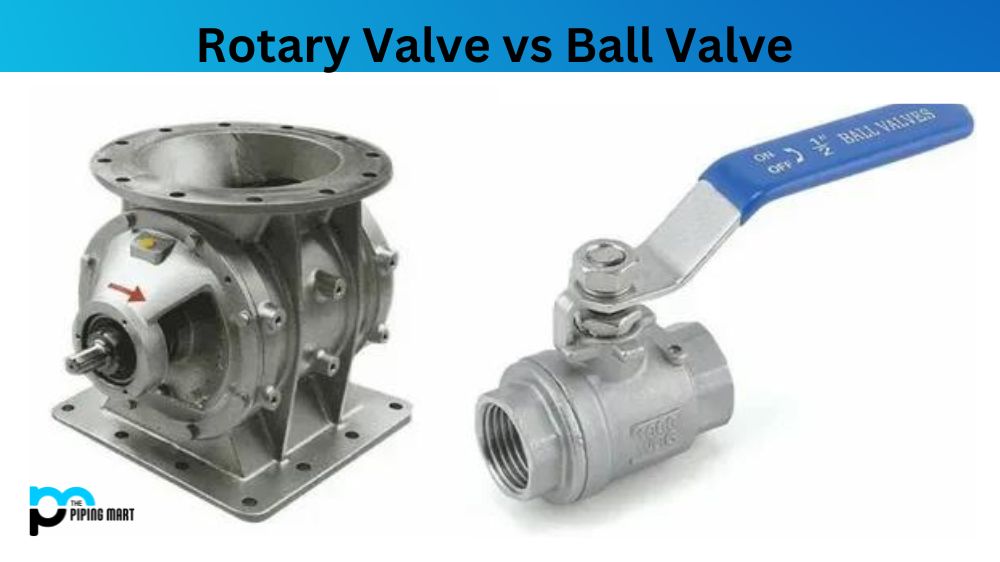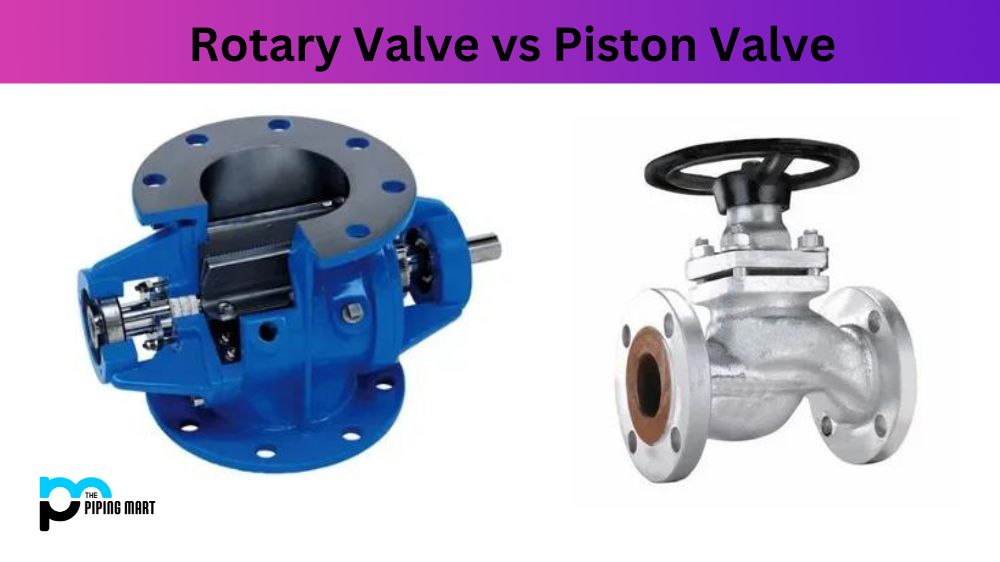Stellite welding is a process used to join two different metals together. It is most commonly used in the aerospace and automotive industries and for medical applications. By combining the high melting point of one metal with the low melting point of another, stellite welding creates powerful connections that can withstand extreme temperatures and conditions. Let’s take a closer look at how this unique process works.
Stellite Welding Process
Stellite welding starts with cleaning the surfaces to be welded and then pre-heating the pieces until they reach their optimal temperature. The pieces are then placed in a vacuum chamber, where a small amount of pressure is applied, and an arc heat source or laser beam is used to melt and fuse them. Depending on the application, either manual or automated welding techniques may be used to create a strong bond between the metals.
Once the pieces have been successfully joined, they are cooled and further processed as needed for their particular application. Common post-weld processing techniques include polishing, grinding, machining, plating, coating, sandblasting, and painting—all designed to improve strength and appearance.
- Stellite welding is used to create a joint between two pieces of metal.
- The first step is to clean the surfaces of the metals to be joined. This can be done with a wire brush or sandpaper.
- Next, the metals are placed in a welding jig and clamped together.
- A welding torch is then used to heat the metals to their melting point.
- Once the metals are melted, a filler metal is added to the joint. This filler metal will help to create a stronger bond between the two pieces of metal.
- The joint is then cooled and allowed to cool completely before being used.
Benefits of Stellite Welding
The primary benefit of stellite welding is that it allows two different types of metals—such as stainless steel and aluminum—to be joined together in a way that will withstand extreme temperatures and conditions. This makes it an ideal choice for applications such as engine components or aerospace parts that operate at very high temperatures while maintaining structural integrity. Additionally, satellite welds are solid due to their fusion process, making them suitable for critical components where failure could have catastrophic consequences.
Conclusion:
Stellite welding is a handy tool for joining two different types of metals together without sacrificing strength or durability under extreme conditions. By combining the best properties of both materials into one solid bond, stellite welding provides engineers with an efficient way to create products that can withstand even the harshest environments while still providing reliable performance every time. If you’re looking for a way to join two dissimilar metals securely together, consider giving stellite welding a try!

A passionate metal industry expert and blogger. With over 5 years of experience in the field, Palak brings a wealth of knowledge and insight to her writing. Whether discussing the latest trends in the metal industry or sharing tips, she is dedicated to helping others succeed in the metal industry.




